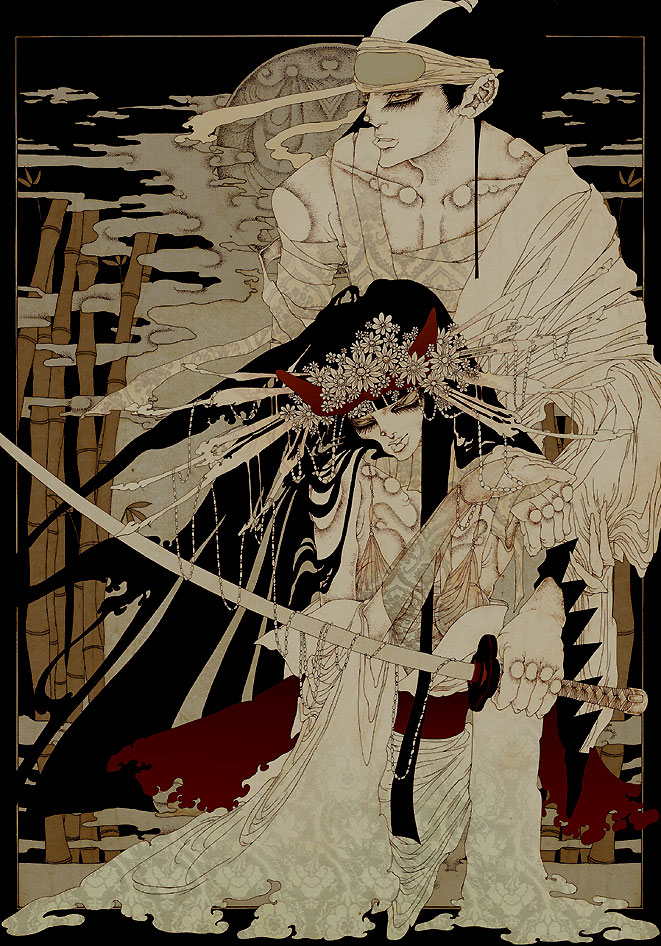|
|
|
|
Original web site : http://en.wikipedia.org/wiki/Kata
Kata (literally: "form") is a Japanese word describing detailed patterns of defense-and-attack movements practiced either solo or in pairs. Kata are used by most traditional Japanese and Okinawan martial arts, such as Aikido, Iaido, Jodo, Judo, Jiu-Jitsu, Kendo and Karate. Other arts such as Tae Kwon Do and T'ai Chi Ch'uan feature the same kind of training, but use the respective Korean and Chinese words instead.
|
The actual type and frequency of kata training varies from art to art. In Iaido, solo kata using the Japanese sword katana comprises almost all of the training, whereas in Judo, kata training is de-emphasized and usually only high-ranking practitioners train in classical two-person kata. Kenjutsu kata are paired sword drills. However, the most popular image associated with kata is that of a karate practitioner performing a series of punches and kicks in the air. Many martial arts use kata for public demonstrations and in competitions, awarding points for such aspects of technique as style, balance, timing, and verisimilitude (appearance of being real).
|
Criticism of kata training
Critics of kata argue that kata produce stereotyped responses, making unexpected moves by opponents more dangerous. They claim that kata teaches the student very little, since it is mostly a matter of 'monkey see - monkey do' instead of the actual mastery of techniques. Martial arts is a livelihood for many teachers.
Since many, or even most, people do not have the skills to become an accomplished martial artist, failure might turn them away from martial arts, thus threatening the income of the teacher. Critics of kata claim that kata gives the teacher a chance to give students the impression that they have really learned something, while all they have learned is to mimic the teacher's moves. The object of these teachers, critics argue, is not to teach the students something useful, but to make them continue their lessons (and pay the teacher's fees). Critics also make the same point about the (coloured) belt system, claiming it is more about giving the student a sense of accomplishment so that they will continue to follow lessons than indicating actual skill; however, defenders of the belt system point out that it is just as important (for teaching reasons) as having different grades in school, and any arrogance, etc., about belt grades is a failure to teach students the more spiritual aspects of karate, such as humility and self-control.
Defenders of kata practice say that it is akin to the practice of meditation and that performing these ritualized moves again and again means that they can be performed without thinking, exactly the sort of ability you may need in a genuine self-defense situation. Kata, then, is a form of 'moving meditation,' giving the martial artist the unthinking muscle-memory upon which to draw in the heat of battle, where the time spent having to think about what to do next may mean the difference between victory and defeat. Kata practice may also provide the more traditional benefits of meditation: increased focus, awareness and self-discipline. Also, as kata are solo battles, they enable various techniques and concepts to be practiced for actual use in fights. The Goju-Ryu kata of Saifa, for example, aims to teach the student correct movement of hips to generate power in short spaces or when grabbed, and thus incorporates techniques that can only work if you use your hips correctly.
|


